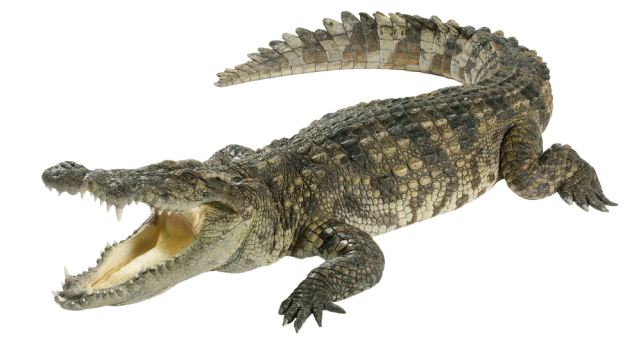Stamp: Crocodiles, Waterfowl (Botswana 1991)
Crocodiles, Waterfowl (Botswana 1991)
30 September (Botswana ) within release Tourism goes into circulation Stamp Crocodiles, Waterfowl face value 15 Botswana thebe
| Stamp Crocodiles, Waterfowl in catalogues | |
|---|---|
| Michel: | Mi:BW 498 |
Stamp is square format.
Also in the issue Tourism:
- Stamp - African Elephant (Loxodonta africana) face value 8;
- Stamp - Crocodiles, Waterfowl face value 15;
- Stamp - African Fish Eagle (Haliaeëtus vocifer) face value 35;
- Stamp - African Elephant (Loxodonta africana), Cocodiles, Waterfowl, face value 2;
|
Data entry completed
50%
|
|
|---|---|
| Stamp Crocodiles, Waterfowl in digits | |
| Country: | Botswana |
| Date: | 1991-09-30 |
| Perforation: | 14 x 14¼ |
| Emission: | Commemorative |
| Format: | Stamp |
| Face Value: | 15 Botswana thebe |
Stamp Crocodiles, Waterfowl it reflects the thematic directions:
Birds (Aves), a subgroup of Reptiles, are the last living examples of Dinosaurs. They are a group of endothermic vertebrates, characterised by feathers, toothless beaked jaws, the laying of hard-shelled eggs, a high metabolic rate, a four-chambered heart, and a strong yet lightweight skeleton. Birds live worldwide and range in size from the 5 cm (2 in) bee hummingbird to the 2.75 m (9 ft) ostrich. They rank as the class of tetrapods with the most living species, at approximately ten thousand, with more than half of these being passerines, sometimes known as perching birds. Birds are the closest living relatives of crocodilians.
Crocodiles (family Crocodylidae) or true crocodiles are large semiaquatic reptiles that live throughout the tropics in Africa, Asia, the Americas and Australia. The term crocodile is sometimes used even more loosely to include all extant members of the order Crocodilia, which includes the alligators and caimans (family Alligatoridae), the gharial and false gharial (family Gavialidae) among other extinct taxa.
Animals are multicellular, eukaryotic organisms of the kingdom Animalia (also called Metazoa). All animals are motile, meaning they can move spontaneously and independently, at some point in their lives. Their body plan eventually becomes fixed as they develop, although some undergo a process of metamorphosis later on in their lives. All animals are heterotrophs: they must ingest other organisms or their products for sustenance.



